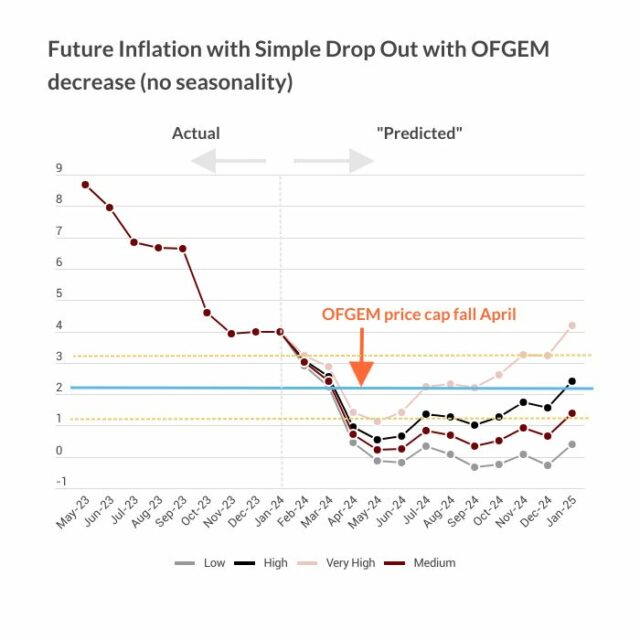October 2012 GDP Estimates
 Pub. Date
Pub. Date
 Pub. Type
Pub. Type
Our monthly estimates of GDP suggest that output grew by 0.8 per cent in the three months ending in September after growth of 0.1 per cent in the three months ending in August 2012. This is the most robust rate of growth since the three months to July 2010. However, the strength of the figure for the three months to September is largely an artefact of special events (see note below). Economic growth is expected to be at a significantly slower pace in the coming quarters.
Note: the underlying rate of growth is weaker than these figures suggest. Stripping out the effects of special events (the reversal of the negative effect from the additional bank holiday in June 2011 and the allocation of Olympics ticket sales from last year) suggest underlying growth is closer to 0.2-0.3 per cent per quarter.
The National Institute interprets the term “recession” to mean a period when output is falling or receding, while “depression” is a period when output is depressed below its previous peak. Thus, unless output turns down again, the recession is over, while the period of depression is likely to continue for some time. We do not expect output to pass its peak in early 2008 until 2014.
Our track record in producing early estimates of GDP suggests that our projection for the most recent three-month period has a standard error of 0.1-0.2% point when compared to the first estimate produced by the Office for National Statistics. This comparison can be made only for complete calendar quarters. Outside calendar quarters the figures are less reliable than this and they are also likely to be less accurate in the current disturbed economic circumstances. NIESR Monthly Estimates of GDP 9 October, 2012
A paper describing the methodology used to produce the data was published in the February 2005 volume of the Economic Journal. From April until October 2006 our estimates were computed using the Index of Services published by ONS. However this monthly series shows considerable volatility which has caused us some problems in estimating GDP. From our November 2006 press release we have therefore reverted to using a model of private services output based on indicator variables. This means that, while all our figures for calendar quarters are fully coherent with ONS data, our estimates of monthly private service output are not. The series can be thought of as indicating the underlying value of the ONS series.
For more information please telephone NIESR on 020 7222 7665.





















